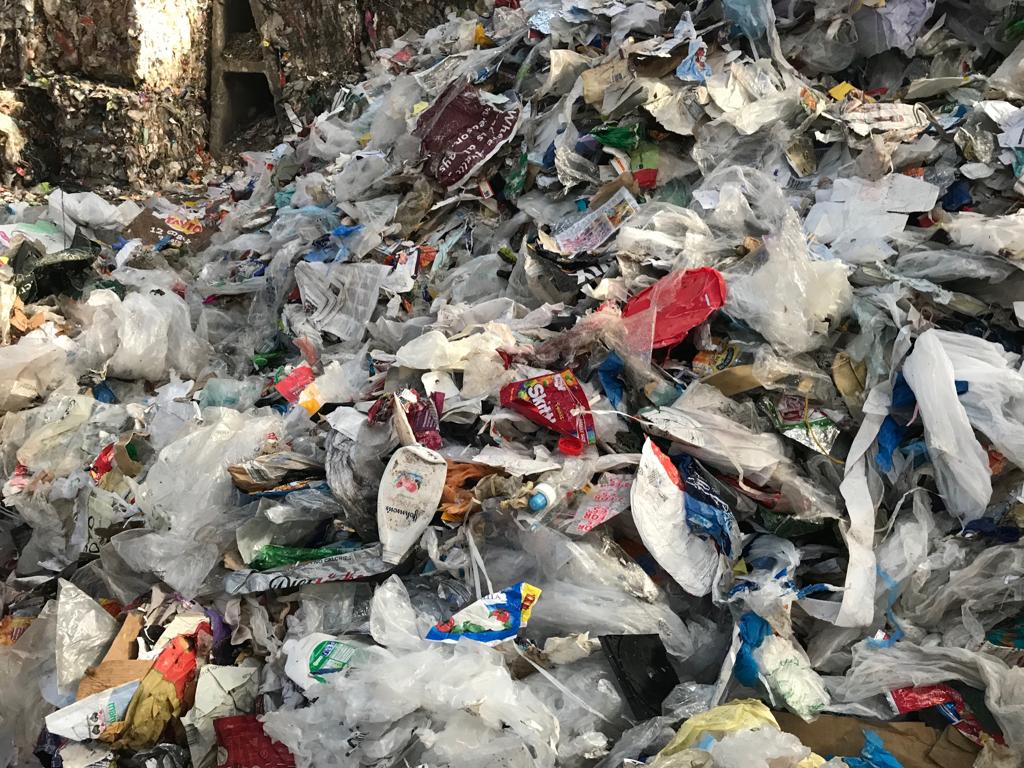RDF – Waste to Energy
Waste Management means more than just recycling or dumping in landfills. Before sending material such as municipal solid waste to landfill, another solution involves sending it to a waste to energy plant. It can then be converted into electric or heat.
What does a waste to energy plant do?
These sites accept municipal solid waste (or refuse/household waste) and burn it to create energy. Incoming material at a waste to energy plant goes through incineration and the produced heat will convert water into steam which is sent to turbines to generate electricity.
Energy from waste history
In the UK, the first incinerator was built in Nottingham by Manlove, Alliott & Co Ld in 1874.
In Europe the first two incinerators appeared in Frederiksberg (Denmark) and Brno (Czech Republic) in 1903 and 1905 respectively.
For the US, the first incinerator occurred on Governors Island in New York, NY. It wasn’t long until hundreds of these plants appeared across the states, that is until the Clean Air Act was introduced. This piece of legislation is responsible for ensuring (amongst other things) that these energy from waste plants install the correct technology to protect the air from pollutants. Thanks to this legislation, many plants had to close for non-compliance to the regulations required.
Waste to Energy Benefits
Certainly the concept doesn’t just sound good at the premise – there are multiple positive effects from this process.
Reduce landfill volumes
It stands to reason the first and foremost benefit is reducing the size of our ever growing landfills across the globe. Which instead turns that waste into useful electrical or heating energy, depending on the location.
Reducing Greenhouse Gases
Covanta reports that they save 21 million tons of greenhouse gas emissions each year from their EfW facilities alone. In comparison, landfills produce huge amounts of methane (a well known greenhouse gas). For context to it’s danger, methane has approximately over 80 times the warming power than that of CO2.
Emissions Control and Energy recovery
Covanta states that energy from their waste plants can dispose of waste, control emissions and recovery energy in 1 hour. Waste that goes to Landfill degrades over approximately 100 years with little control over emissions in that timeframe.
RDF does not compete with recycling
These kinds of facilities do not want nor can they handle large volumes of typically recycled materials such as paper and plastics. This is because there is a limit to how much steam they produce. Paper and plastics are high heat producers, therefore WtE plants can only accept so much.
It makes good business sense
Businesses have a tough job keeping expenses under control in today’s world – one of the outgoings that has progressively worse is sending waste to landfill. Therefore sending it for RDF/Waste for Energy is commercially viable and also helps the business create less of a negative impact on the environment.
It actually helps with metal recycling
RDF/Waste to energy plants produces over 700,000 tons of metal every year.
But wait what happens to the ashes waste?
Ashes waste comes in 2 categories. Incinerator Ash and Fly Ash. Incinerator Ash is further recycled for use in products for the construction industry. A part of of this process involves separating metal from the material for further recycling.
For example, with Ecohog separation equipment at the plant, the ash is run through an Ecohog Scrap Drum Magnet which separates any ferrous metal. At the next stage, the remaining waste is run through an Eddy Current Separator system, e.g. the Ecohog THM ECS 2000 at which time, any nonferrous material will be removed.
As a result, there is now both ferrous and non ferrous metals ready for recycling, as an alternative to being dumped in landfill.
Here’s an important bit about RDF you need to know
Energy from waste should not and is not about burning all sorts of rubbish and letting tons of pollutants free in the air. Responsible RDF producers want equipment that will separate out offensive and dangerous materials as well as separating out metals. A truly great RDF process will ensure that what is burned, will produce a stable by-product that can be used without any detriment to the environment or humans.
Are you interested in RDF? Perhaps you want to know how Ecohog separation equipment can help with your waste to energy business? Further information can be found at https://ecohog.com/application-materials/incinerator-ash-applications/
Do you want to hear more information like this? Perhaps you would like to hear more about our new products as they launch? Subscribe to our newsletter and we will keep you in the loop!

